Hi folks, sorry this one’s a bit late, but today I wanted to dedicate a full blog post to talking about the games that influenced the design of the Elementalist! I’ve made occasional mention to this topic in the past, but now I want to really drill down and talk about each individual game in turn and what they’ve contributed.
So, to begin with, the biggest influence on The Elementalist’s narrative and structure is: Halo! I’ve recently been playing through the original Halo again on XBox One, and it genuinely still holds up. I won’t pretend that I’ve somehow managed to translate the incredible combat from that game into 2D which may very well be impossible, but I have tried to learn as much as I can from its narrative and structure. But, why? I’ve even said myself that Halo’s story isn’t very good. Well, it isn’t, but it does the best it can with what it has to fit certain limitations and extract as much as possible from a specific setup.
When starting work on The Elementalist I knew I would not be able to make any boss fights or have any allied characters helping you in combat. The original Halo’s enemies, the Covenant, are kept as a rather nebulous force. It’s not until the sequels that their internal politics is really explored or they are given any clear figureheads, and so there is strong narrative reason for not having any boss fights. I did much the same in The Elementalist, with the player facing the Armies of Darkness rather than any one band. As for the allied characters, Halo does make use of allies in combat, with marines or those floaty things helping you out on occasion, but at other times it’s just you and the talky lady in your armour. The good thing about Cortana is that she is invulnerable and can’t really directly contribute to a straight firefight, so you can have an omnipresent deuteragonist without needing to actually include them in gameplay. As mentioned before, this is what I did with Comes, a lucky spirit accompanying the player. With no physical form, he can’t participate in combat, but can contribute to the narrative of the game.
As you can probably tell, a major influence on the gameplay design was Super Crate Box by Vlambeer. I’d recommend giving it a go if you haven’t already, seeing as it’s free, but if you haven’t then I’ll fill you in: you have to jump around a single screen picking up crates to increase your score, but each time you pick up a crate it gives you a different and completely random weapon, so you never know what you’ll be using to defend yourself against the incoming enemies. The Elementalist does not have the dozens of weapons that Super Crate Box does, rather, just three elements, and instead of randomising their locations, they are fixed, and are not as dramatically different in design as those weapons in Super Crate Box. The Elementalist is a substantially different game, as you have to use different elements according to the enemies currently on screen, adapting the weapon for the enemy rather than having to pick up a weapon and then adapt your play style regardless of enemies.
The style of the game is most heavily influenced by Downwell, the upcoming Minit, and other games with a very limited colour palette. Not only is this helpful for my rather poor art skills, it also means the visual design is instantly understandable: black and grey are background colours, white is a solid or an enemy, red means fire, green means earth, and blue means water. And that’s it - that’s all the player has to keep in mind to instantly grasp what’s happening on screen, something very useful in such a fast game.
So, that’s that! Thanks for reading, as always you can follow me on itch.io or over on Twitter for more updates on the game as they come. I do these blog posts every Friday, (or try to) and so I hope to see you again next week! Expect The Elementalist to release in Late April. Bye!



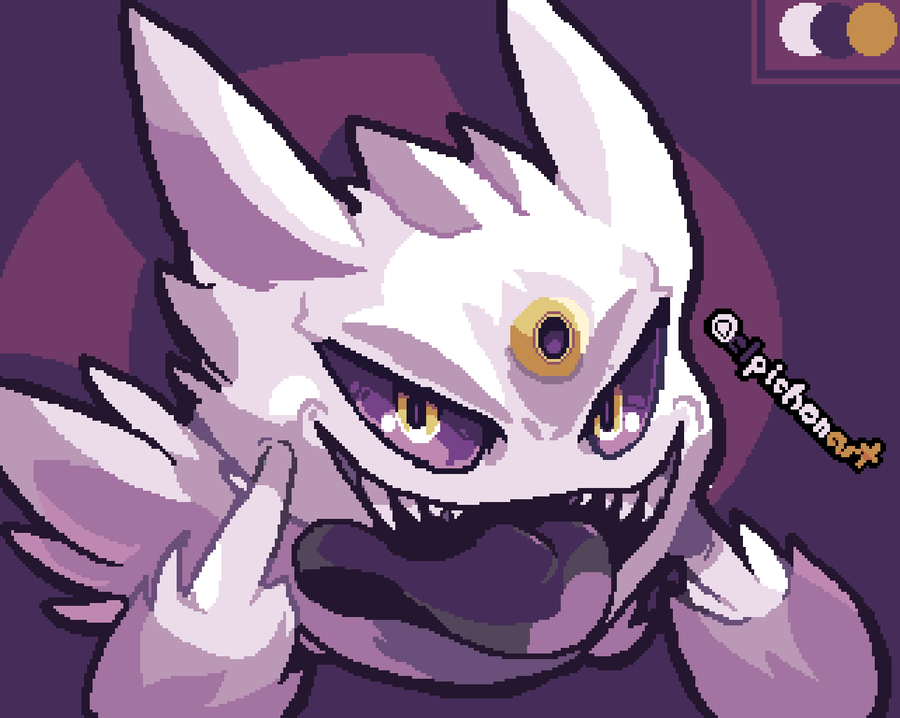
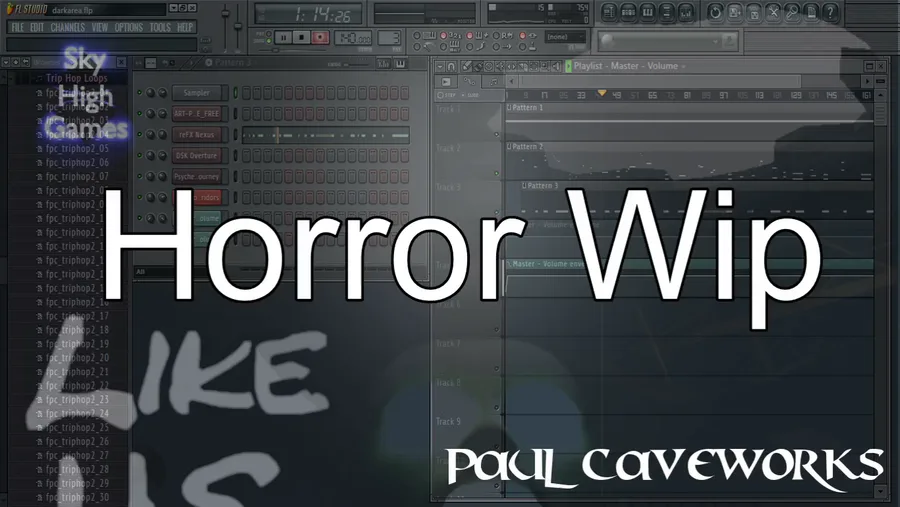
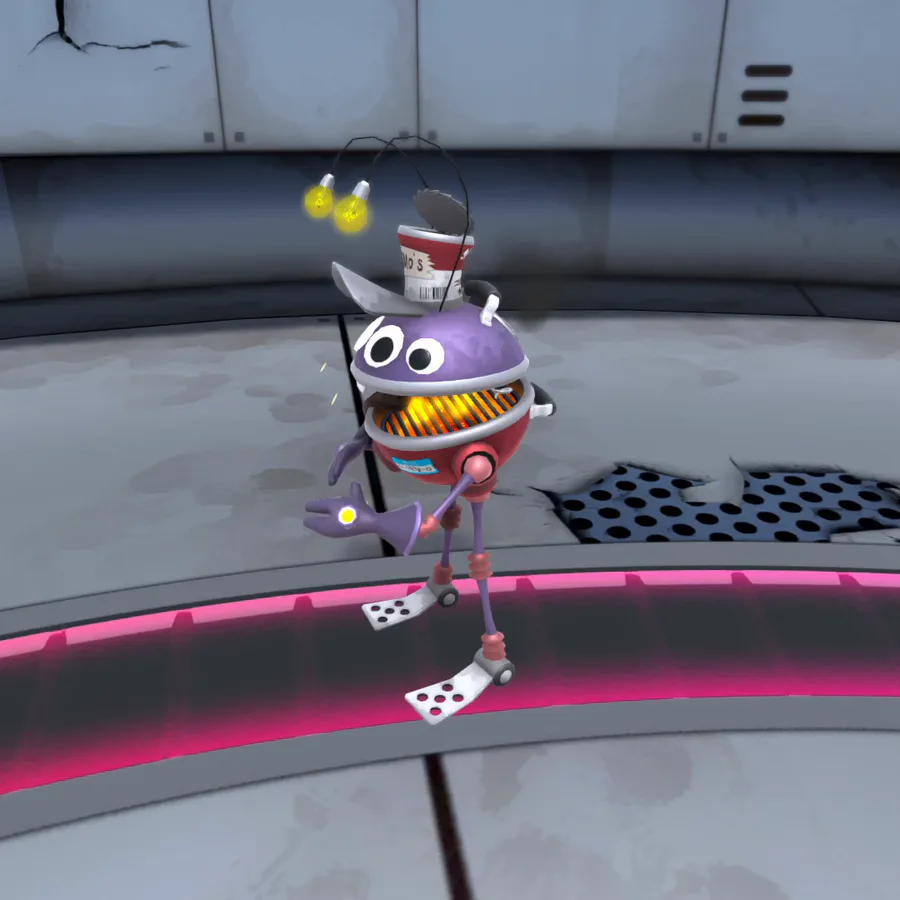
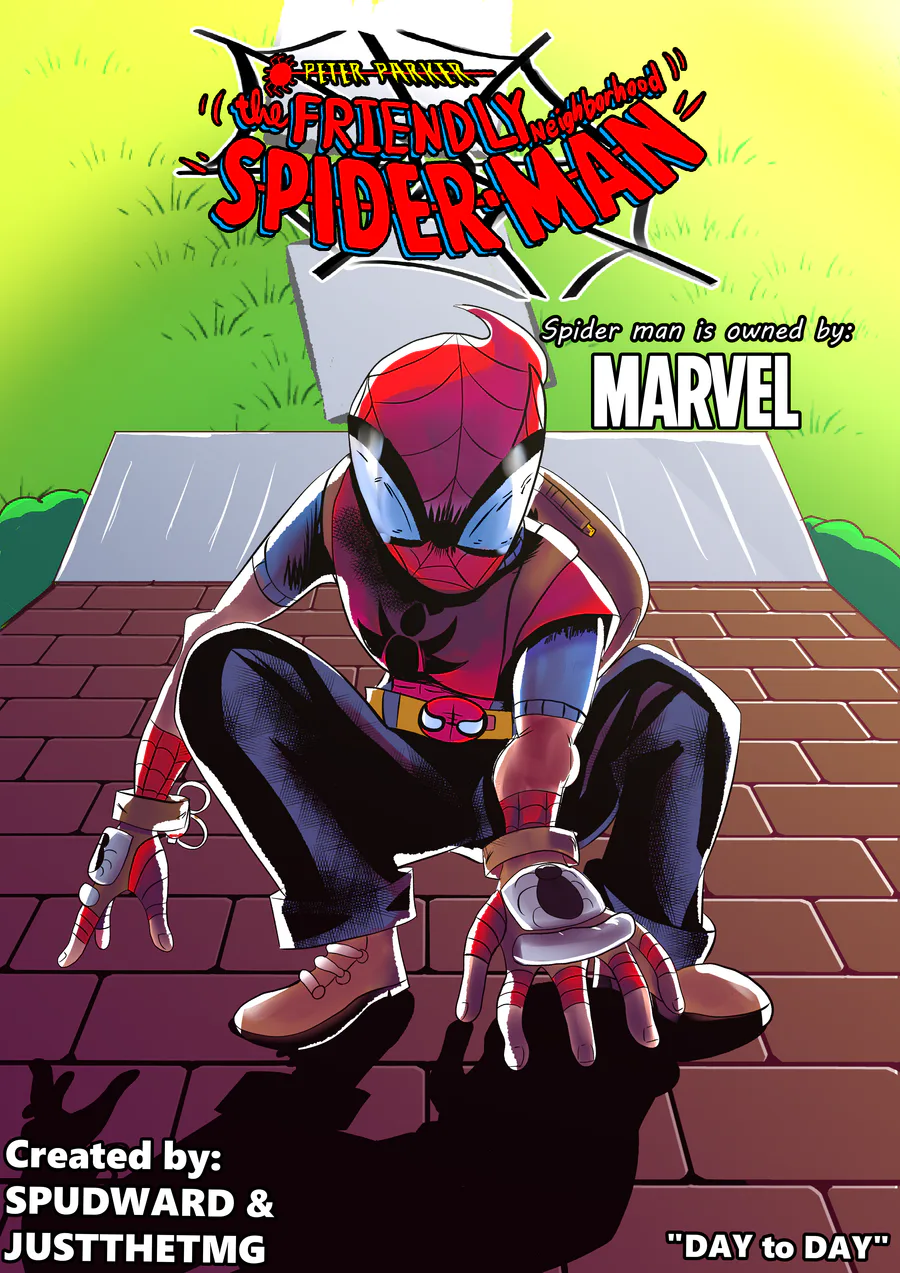
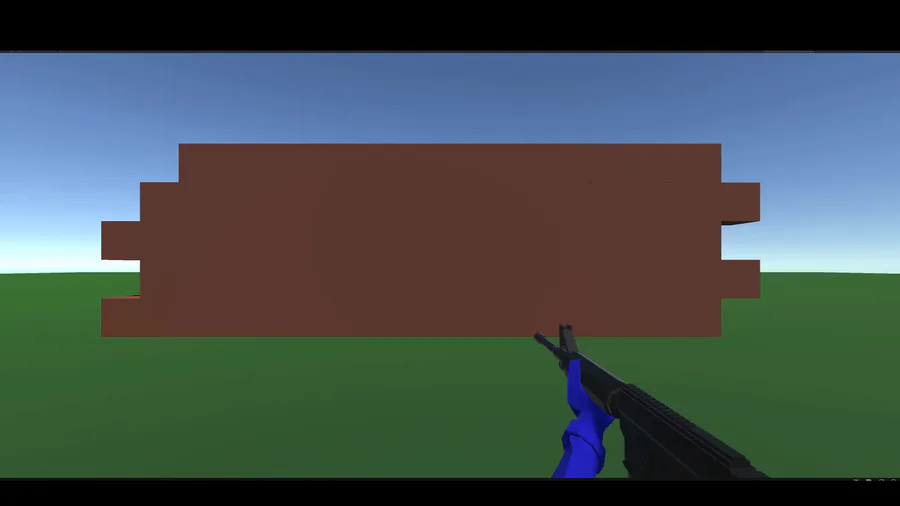
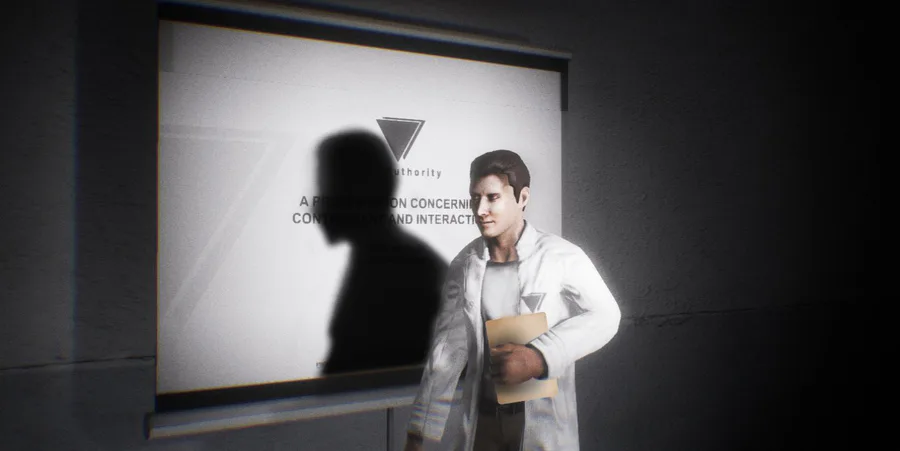
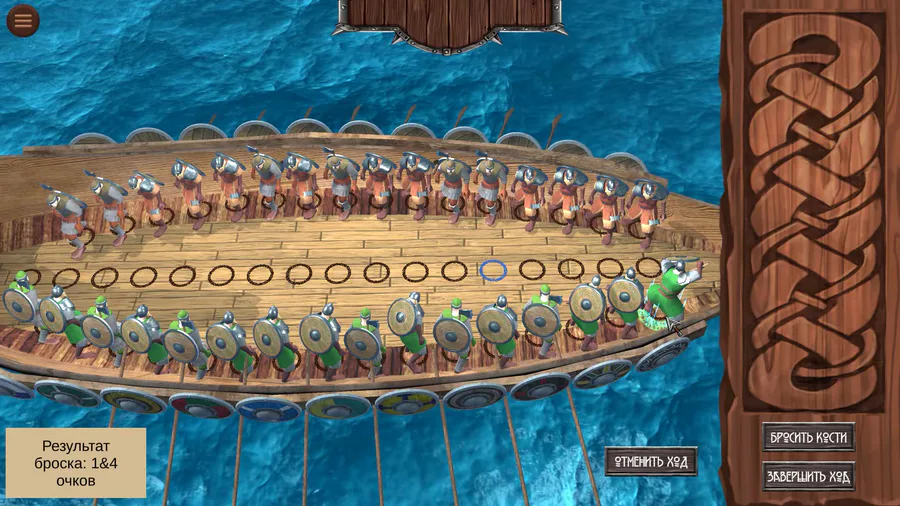
0 comments